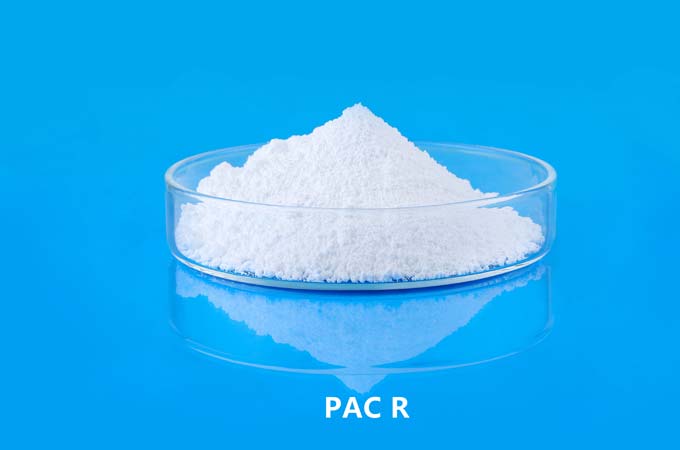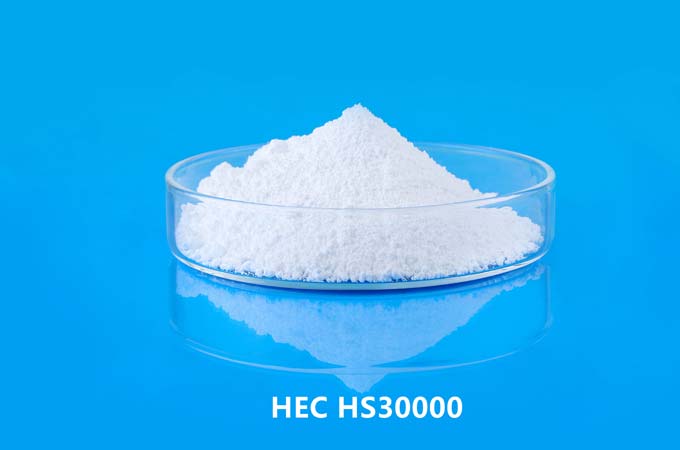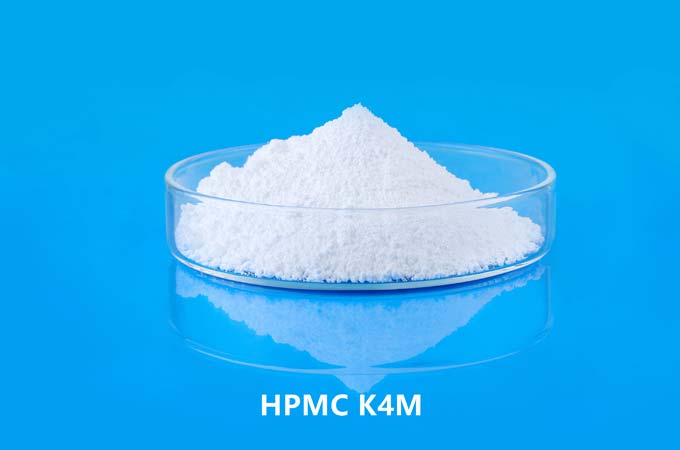Hydroxypropyl methylcellulose (HPMC) is a multifunctional compound widely used in the construction industry to enhance the performance of various building materials.
In the construction industry, the demand for building materials with enhanced performance and sustainability has led to the widespread adoption of various chemical additives. Hydroxypropyl methylcellulose (HPMC) is one such additive that plays a vital role in improving the performance of building materials. HPMC is a cellulose derivative derived from natural polymers whose unique chemical structure offers a wide range of advantages when incorporated into building materials.
1.Chemical properties and mechanism of action
HPMC is synthesized through the etherification of cellulose, resulting in a water-soluble polymer with hydroxypropyl and methoxy functional groups. The chemical structure of HPMC gives it properties such as high water retention, film-forming ability and surface activity. When added to construction materials, HPMC acts as a rheology modifier, improving processability and preventing segregation. In addition, HPMC forms a protective film on the particle surface, enhancing adhesion and durability.
The mechanism of action of HPMC in cement-based products involves its interaction with water molecules and cement particles. HPMC molecules hydrate and swell in the presence of water, forming a viscous gel that lubricates the mixture. This lubrication reduces friction between particles, thereby improving flow and processability. Additionally, HPMC promotes hydration of cement particles, thereby increasing the strength and reducing permeability of hardened concrete.
2. Application in cement-based products
HPMC is widely used in cement-based products such as mortars, grouts and self-leveling compounds. In mortars, HPMC improves water retention, thereby extending workability and reducing shrinkage. Additionally, HPMC enhances adhesion to the substrate, thereby increasing bond strength and reducing the risk of delamination. In self-leveling compounds, HPMC acts as a viscosity modifier, ensuring even flow and surface finish.
Different from HPC LH 11, HPMC helps improve the performance of cement tile adhesives by extending open time and reducing sagging. The addition of HPMC improves the thixotropic behavior of the adhesive, allowing it to be easily applied to vertical surfaces without slumping. Additionally, HPMC imparts flexibility to the adhesive, thereby improving stress distribution and cracking resistance.
3. Application in gypsum-based materials
In gypsum-based materials such as plaster, joint material and drywall, HPMC has a variety of features to enhance performance. In gypsum formulations, HPMC acts as a thickener, imparting resistance to sag and preventing shrinkage cracking. In addition, HPMC enhances water retention, thereby extending processability and reducing tempering requirements.
In joint compounds used to finish drywall joints, HPMC improves adhesion to the substrate and reduces shrinkage during drying. In addition, HPMC enhances the smoothness and workability of joint glue, thereby promoting ease of application and sandability. Additionally, HPMC helps form a strong bond between drywall panels, increasing overall strength and durability.
4. Application as construction adhesive
HPMC, such as HPMC K4M, is also used as a key ingredient in construction adhesives to bond a variety of building materials such as ceramic tiles, insulation panels and decorative elements. In tile adhesives, HPMC enhances wet tack and open time, allowing for proper conditioning of the tile before setting. In addition, HPMC increases shear strength and flexibility, ensuring the long-term durability of tile installations.
HPMC-based adhesives are also used to install insulating panels on building facades. The adhesive forms a strong bond with the insulation board and substrate, providing insulation and weather resistance. In addition, HPMC contributed to the work the flowability and pumpability of the adhesive formulation, facilitating efficient application on large projects.
5. Sustainability aspects
Using HPMC in construction materials offers several sustainability benefits. As a renewable and biodegradable polymer, HPMC helps reduce the environmental footprint of construction activities. In addition, the improved performance and durability of HPMC modified materials can extend service life and reduce maintenance requirements, further enhancing sustainability.
HPMC-based formulations typically require lower water-to-cement ratios, thereby reducing water consumption and improving resource efficiency. Additionally, the use of HPMC enables the production of lightweight and energy-efficient building materials, helping to achieve the overall sustainability goals of the construction industry.
6. Future trends and conclusions
Looking ahead, the use of HPMC in construction materials is expected to continue to grow, driven by demand for high-performance, sustainable building solutions. Future research efforts may focus on optimizing HPMC formulations to further improve properties such as strength, durability, and environmental compatibility. Additionally, advances in manufacturing processes may lead to the development of new HPMC additives for specific construction applications.
Hydroxypropyl methylcellulose (HPMC) chemicals play a key role in improving the performance and sustainability of building materials in a variety of construction applications. By leveraging the unique properties of HPMC, construction professionals can improve the workability, adhesion and durability of cement-based products, gypsum-based materials and construction adhesives. The adoption of HPMC as a key additive is in line with the industry’s goals of achieving more efficient and sustainable construction practices.
 English
English 日本語
日本語 français
français Deutsch
Deutsch Español
Español italiano
italiano русский
русский português
português العربية
العربية Türkçe
Türkçe Nederland
Nederland



